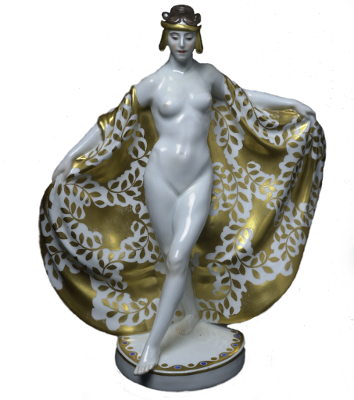This post will share with you one of the most exciting Swiss ceramic creators in mid 2000s. The text i have google translated into english from the Museum of Zurich, a link provided, which states his works and exhibitions. His pieces are hard to find and are really exciting as they are so diverse with high fired glazes. The market is small at the moment but pieces on offer are snapped up rather quickly which tells me that he is highly regarded. Here are his full details :
Link: https://www.emuseum.ch/people/35214/ernst-hausermann/exhibitions
Translation results
Translation result
Ernst Häusermann worked in Arnold Zahner’s ceramics studio in Rheinfelden during his school holidays and completed a pottery apprenticeship with him from 1967 to 1969. He also attended courses in spatial design and drawing at the Basel School of Applied Arts. He then worked temporarily in the workshops of Arnold Zahner and Jean-Claude de Crousaz in Bernex near Geneva. After study trips abroad, he set up his own workshop in Oberkulm in 1972. From 1972, Häusermann taught at the Kunstgewerbeschule (later the School of Design) in Zurich. In 1974/75 the first solo exhibitions were dedicated to him in Baden and Aarau. In 1984 he moved his residence and studio to Lenzburg. In addition to his teacher Arnold Zahner, he was particularly influenced by landscape and nature, traditional Japanese ceramics, original folk art and ethnographic collections. In the 1970s, Häusermann focused his work on stoneware vessels. His glazes in shades of brown and blue were created using iron and oxides of tin, copper, cobalt, nickel and manganese. Around 1977 he began to combine other materials, especially wood and metal, with stoneware. He experimented with very high temperatures, for example exposing high-fired stoneware to a Raku firing in order to create new glaze effects. He also finely painted some of his ceramic sculptures with colored pencils. Since 1993 he has been dealing with architectural forms and the problem of balance. In 1994, a study visit to Prague opened his eyes to Eastern Europe. Repeated collaboration with other artists on large-format projects in the field of architecture also became important in his career.
In future posts i will be covering other well known / regarded swiss artists. Questions are welcome and other links will be provided on request
The vase shown here is from : https://antiques-international.ch/
More about this source text
E-museum Zurich
–
